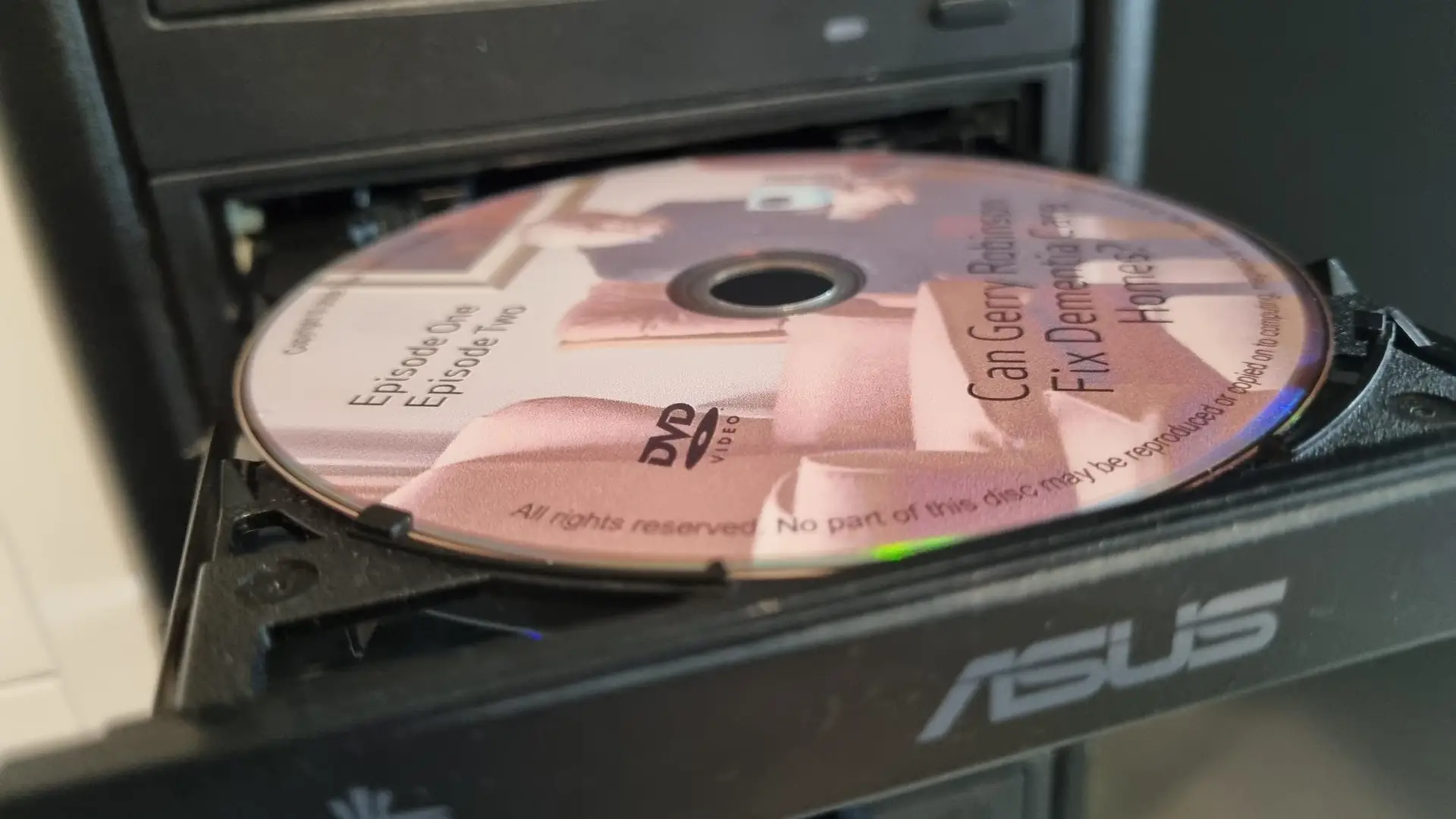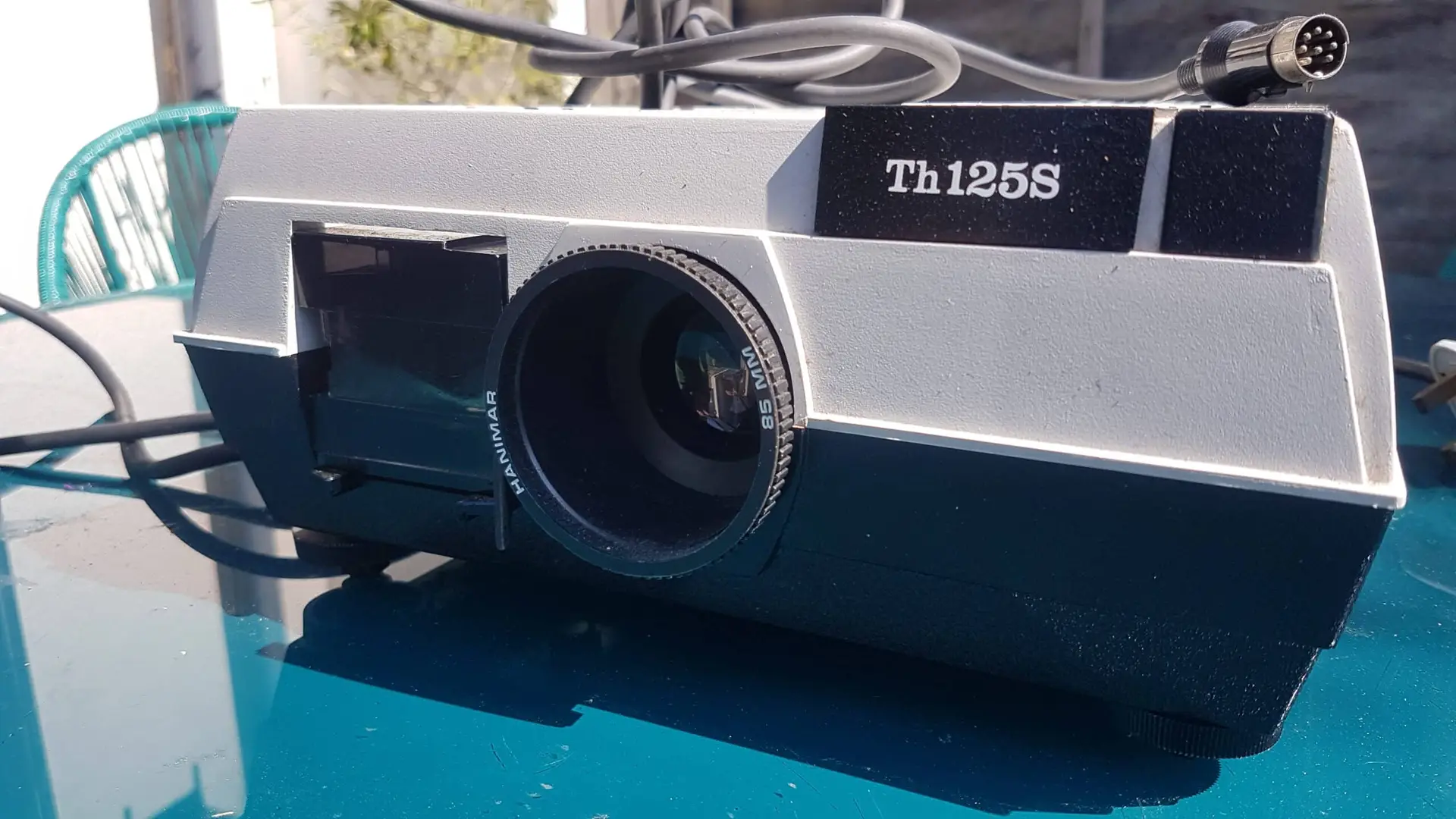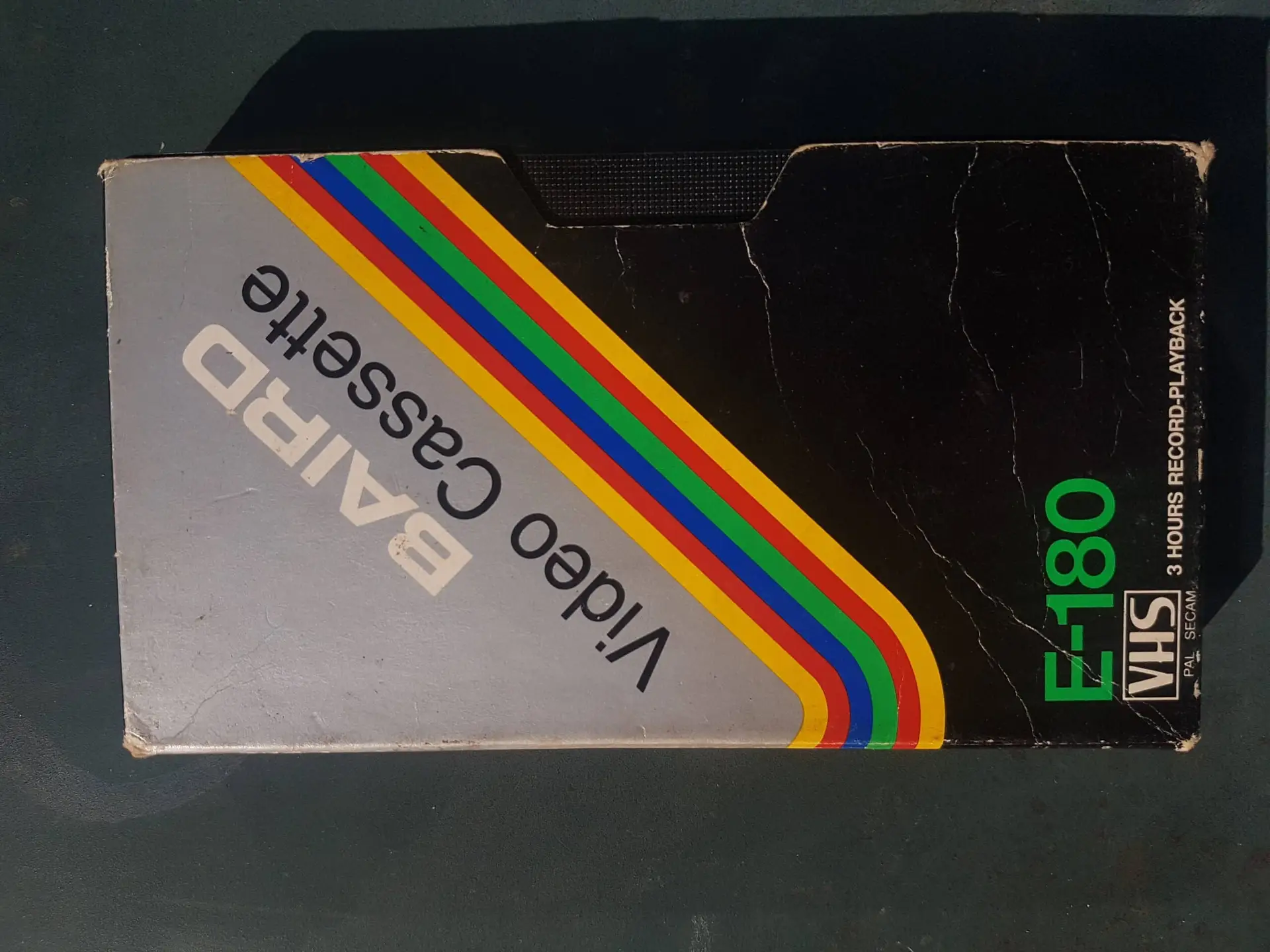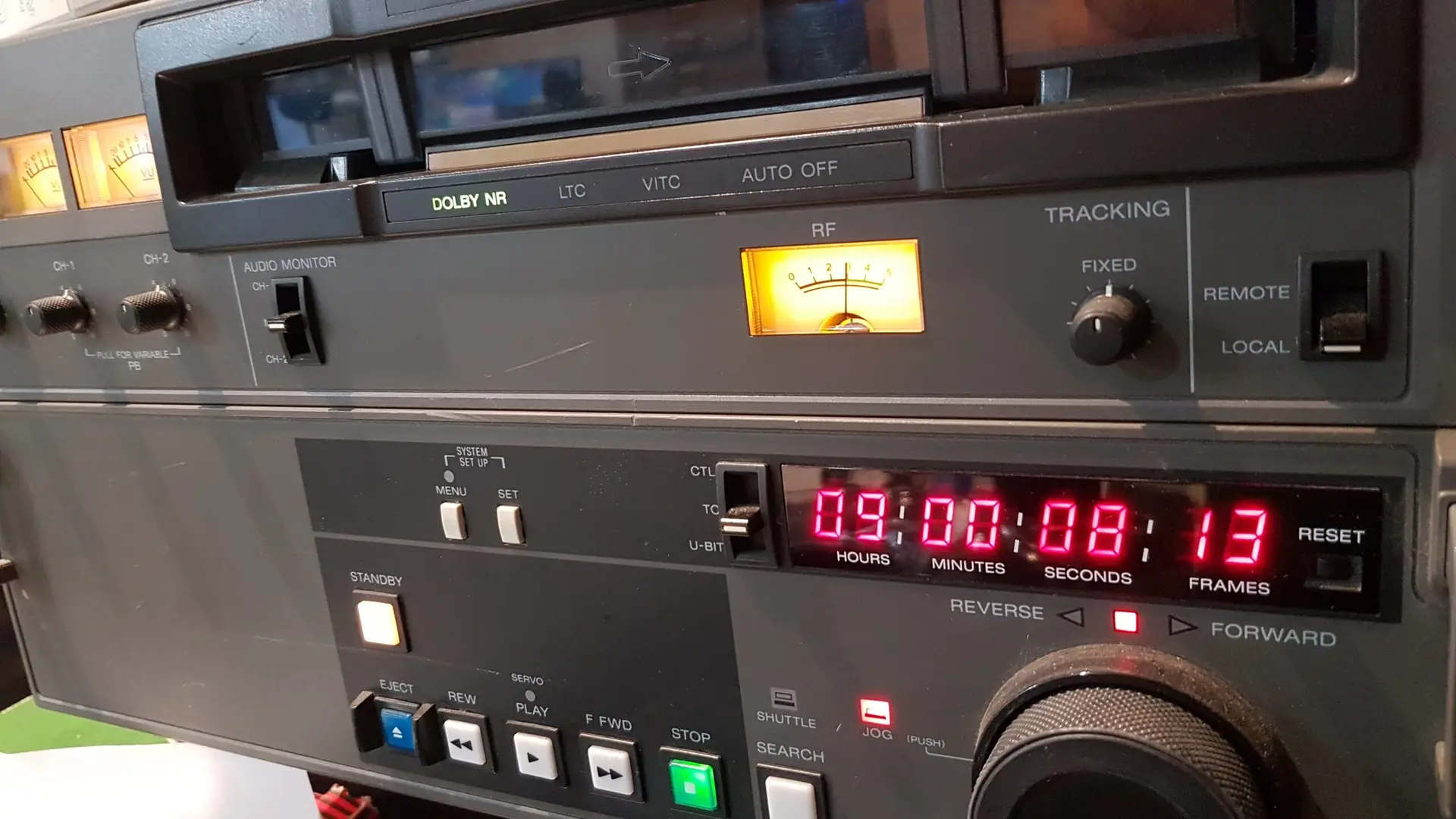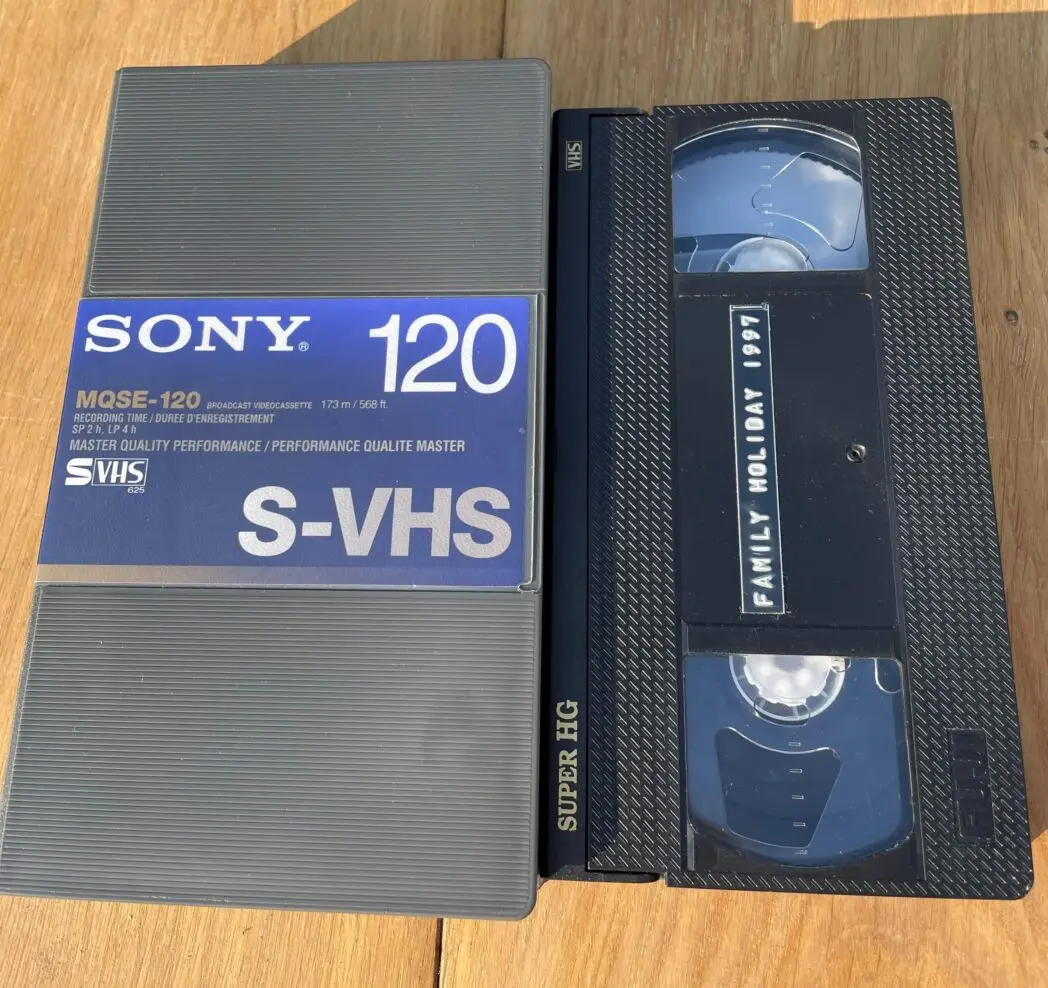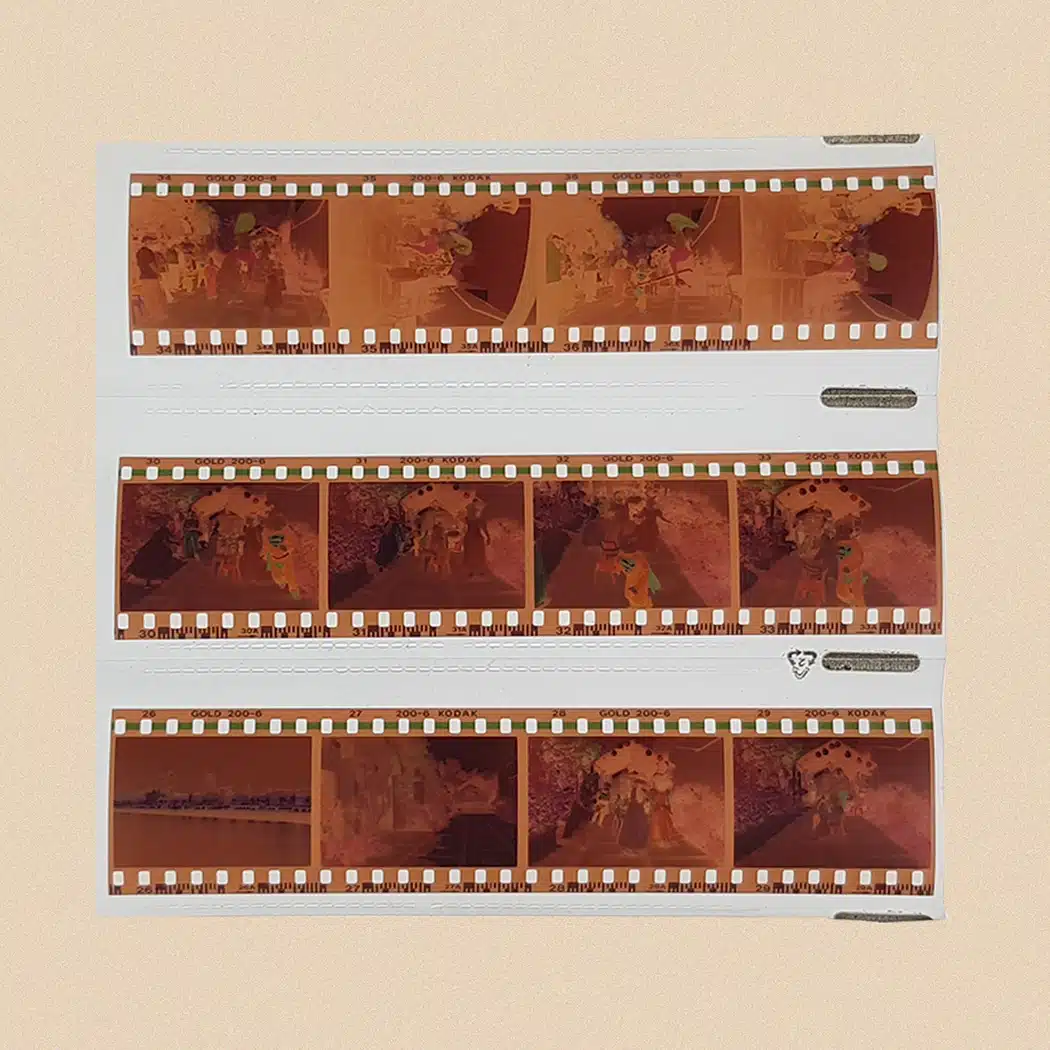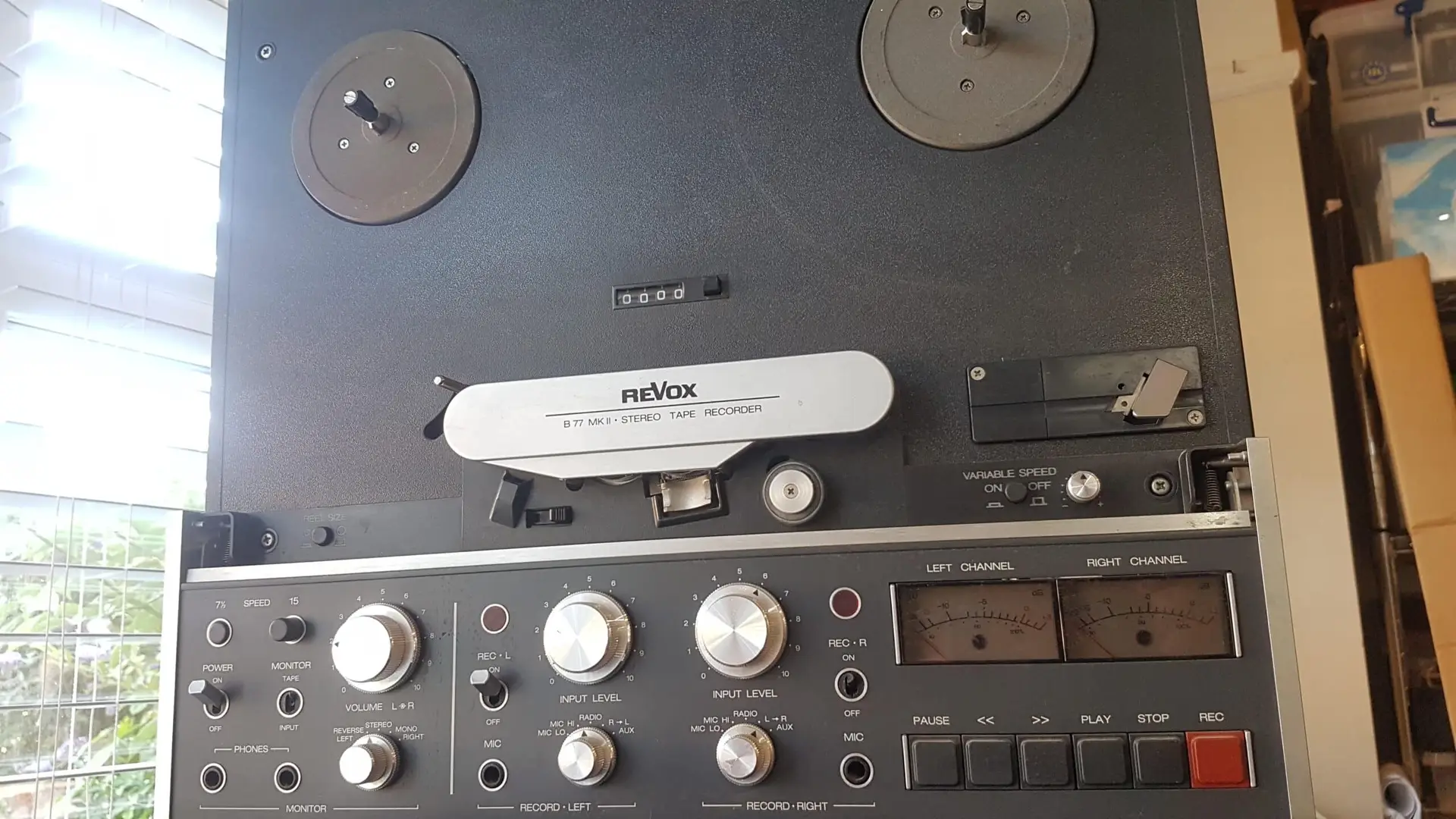1. CD (Compact Disc):
Overview:
Introduced in the early 1980s, the Compact Disc (CD) revolutionised audio storage. CDs utilise a 12-centimetre polycarbonate disc with a reflective layer and a protective coating.
Capacity:
– Standard CDs hold up to 700 MB of data or approximately 80 minutes of audio.
Types:
– CD-ROM (Read-Only Memory): Data storage.
– CD-R (Recordable): Writable once.
– CD-RW (Rewritable): Reusable, but less compatible.
Pros and Cons:
– Pros: Universal compatibility, durable, long lifespan.
– Cons: Limited storage compared to newer formats.
2. DVD (Digital Versatile Disc):
Overview:
Introduced in the late 1990s, DVDs expanded on CD technology, offering greater storage capacity. DVDs have multiple layers for data storage.
Capacity:
– Single-layer DVD: 4.7 GB (120 minutes of video).
– Dual-layer DVD: 8.5 GB.
Types:
– DVD-ROM: Read-only for software and video.
– DVD-R and DVD+R: Writable once.
– DVD-RW and DVD+RW: Rewritable.
Pros and Cons:
– Pros: High storage capacity, video playback, versatile.
– Cons: Becoming less common with the rise of streaming.
3. Mini DV (Digital Video):
Overview:
Mini DV is a digital video cassette format widely used in consumer and prosumer camcorders during the late 1990s and early 2000s.
Capacity:
– Standard Mini DV cassette: Up to 60 minutes at SP speed.
Features:
– Digital recording for better image quality.
– FireWire (IEEE 1394) for high-speed data transfer.
Pros and Cons:
– Pros: Compact size, digital quality, easy to transfer.
– Cons: Limited recording time per cassette.
4. Mini Disc (MD):
Overview:
Introduced by Sony in the early 1990s, Mini Disc is an optical disc format primarily used for audio storage. The disc is enclosed in a plastic shell.
Capacity:
– Standard Mini Disc: Up to 80 minutes of audio.
Features:
– Removable and rewritable.
– ATRAC compression for efficient audio storage.
Pros and Cons:
– Pros: Portable, durable, rewritable.
– Cons: Limited adoption compared to CDs.
Conclusion:
Understanding the characteristics and applications of these disc formats is essential for making informed choices in various contexts, from choosing the right medium for data storage to selecting the appropriate format for audio and video recording. As technology continues to evolve, newer formats are gradually replacing traditional disc formats, but each format still has its unique strengths and use cases.


